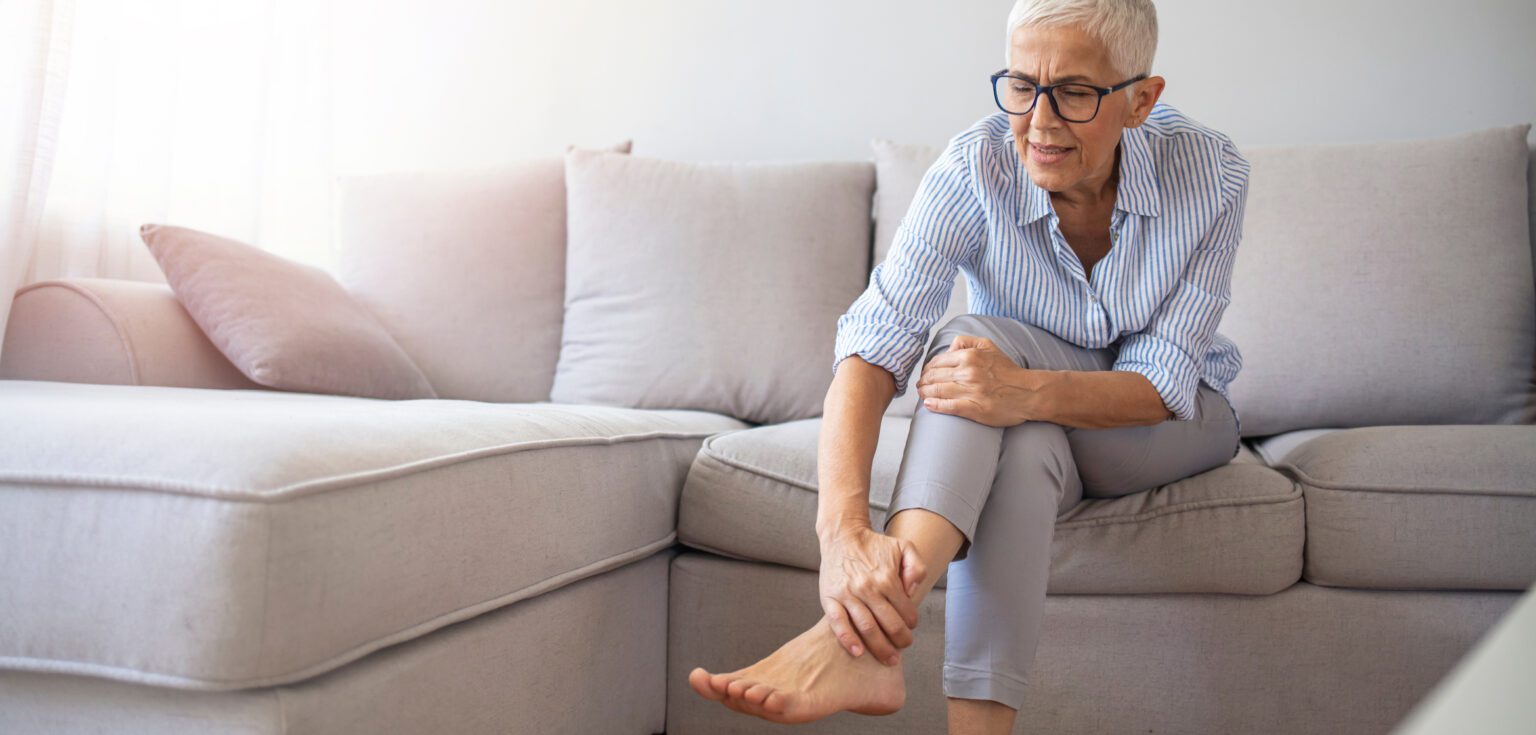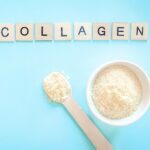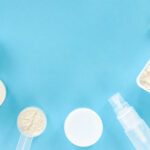You may be familiar with the term osteoporosis and may know a little bit about this bone disease. However, osteopenia is another similar bone disease that most people do not know about. While these diseases have some similarities, there are also very distinct differences. This article will discuss the distinctions between osteoporosis and osteopenia, including causes, diagnosis, treatment, and prevention.
Symptoms
Having strong, healthy bones is vital, which happens with a combination of healthy diets and exercise. However, bone mass, or density, sometimes changes as we get older and tiny holes in the bone begin to form, making the bone fragile, which causes bones to become less dense, weak, and easy to break. Bone deterioration is the beginning process that leads to osteopenia and osteoporosis; the diagnoses are similar since they are defined by low bone mass but differ based on severity.
A person with osteopenia has a low bone mass but not as severe as osteoporosis.
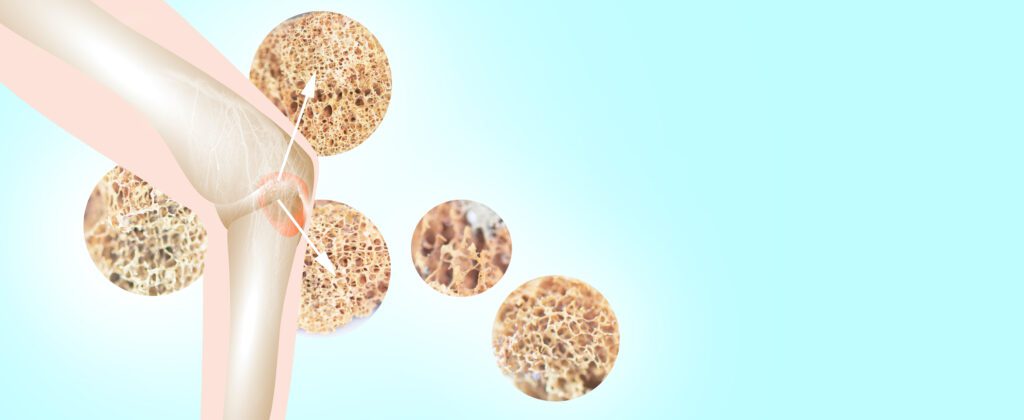
Osteopenia and osteoporosis are silent conditions; they generally do not cause pain and are not further investigated until a person breaks or fractures a bone. As these diseases make you more prone to breaking bones, they do not otherwise cause symptoms and cannot be diagnosed until special bone mass testing is completed.
Causes
Not everyone with osteopenia develops the more radical disease of osteoporosis. Risk factors for low bone mass include:
- Older age (over 60 years)
- Family history of low bone mass
- Small and thin body structure
- Eating disorders such as anorexia nervosa
- Poor bone development during childhood and adolescence
- Insufficient intake of calcium in the diet
- Decreased estrogen and testosterone hormones
- Medications, including certain seizure medicines, hormone treatments, and corticosteroids
Diagnosis
Females are at greater risk for low bone mass as they age due to decreasing estrogen levels. With reducing estrogen levels, the natural breakdown of bones speeds up drastically. Therefore, it is recommended that all postmenopausal women 50 years or older be evaluated for low bone mass.
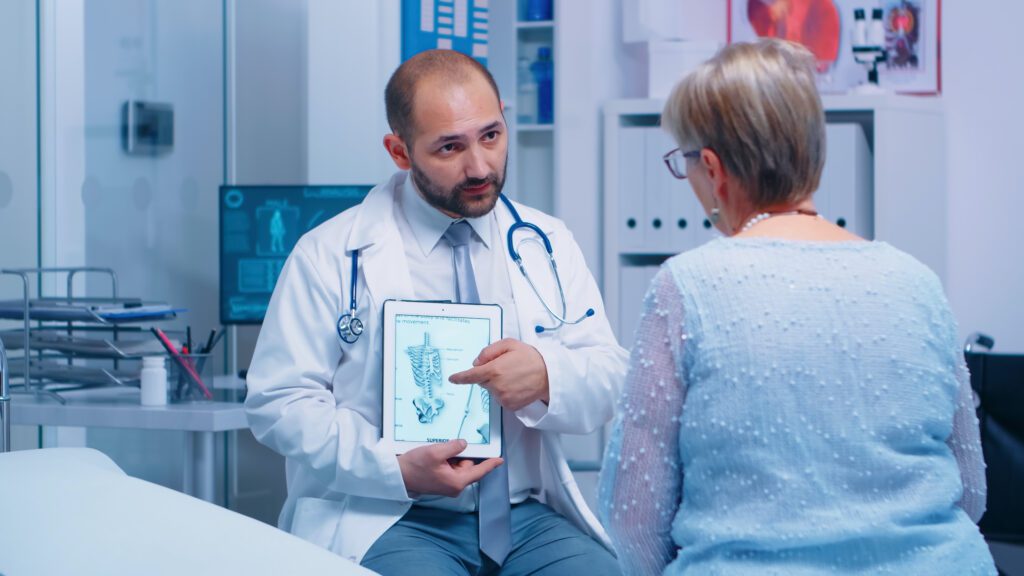
A bone mass evaluation starts with a risk assessment by a healthcare provider assessing the potential for low bone density and future fractures. A screening test is generally performed if a person is considered high risk based on their current medical conditions and medical history.
Osteopenia and osteoporosis are diagnosed through a bone mineral density test; this examination is also how one differentiates between the two diseases. A severe loss of bone mass generally shows a person to be prone to osteoporosis. This test is a type of X-ray or dual-energy X-ray absorptiometry (DEXA) scan that calculates how much calcium, phosphate, and other minerals are residing in the bone tissues in the thigh bone (femur) and lower spine (lumbar spine). The score or T-Score of the bone density test can tell if a person has normal bones, osteopenia, osteoporosis, or severe osteoporosis.
Treatment
If caught early enough, treatment aims to prevent osteopenia from developing into osteoporosis. The progression of bone deterioration can be accomplished by altering your lifestyle and making dietary changes. The chances of fractures with osteopenia are low, so most likely, you will not be given medication at this point unless you are close to the osteoporosis levels.
Prevention
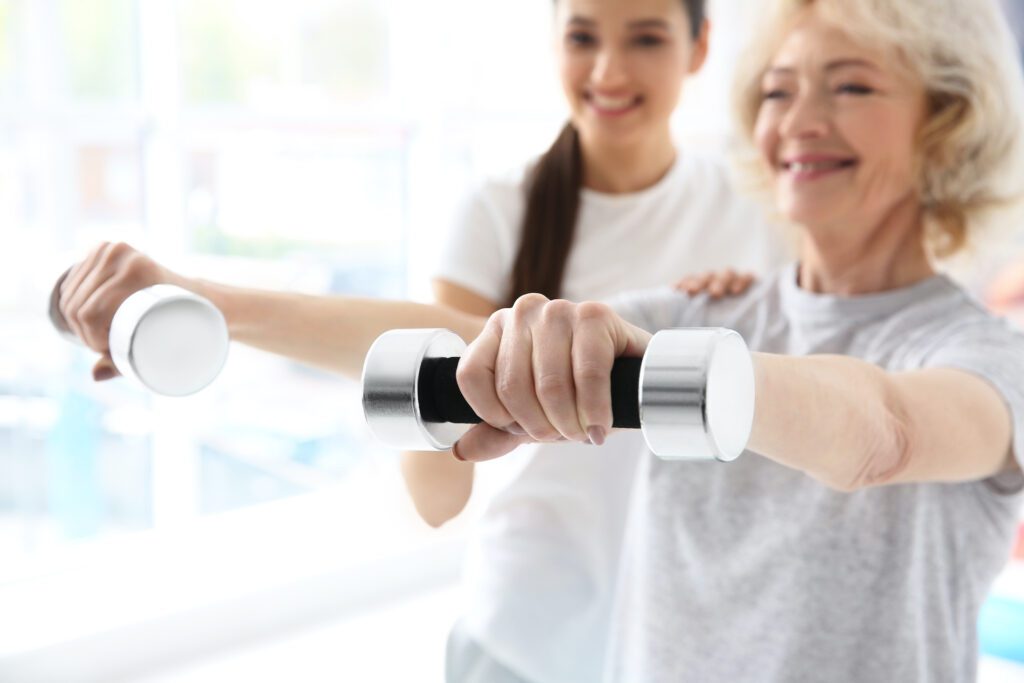
- Maintain a healthy diet: Incorporate calcium, Vitamin D, C, and K foods, and eat more low-fat dairy like cheese, milk, and yogurt. Look for cereals fortified with calcium and vitamin D, and include foods like spinach, freshwater salmon, and broccoli.
- Supplements: You can take preventative measures such as taking Hydrolyzed Collagen Supplements, including a combination of Fortibone and Verisol peptides taken daily to help your body restore bone mineral density, resorption, and bone formation, which can reverse age-related bone depletion.
- Exercise regularly: Weight-bearing exercises do the trick, and aim for 20-30 minutes daily.
- Cut back on caffeine and alcohol: Both of these items can significantly affect the body’s bone mass.
- Quit smoking: Tobacco use reduces bone density in women and men, putting you at added risk for breaking or fractures with longer recovery times.


